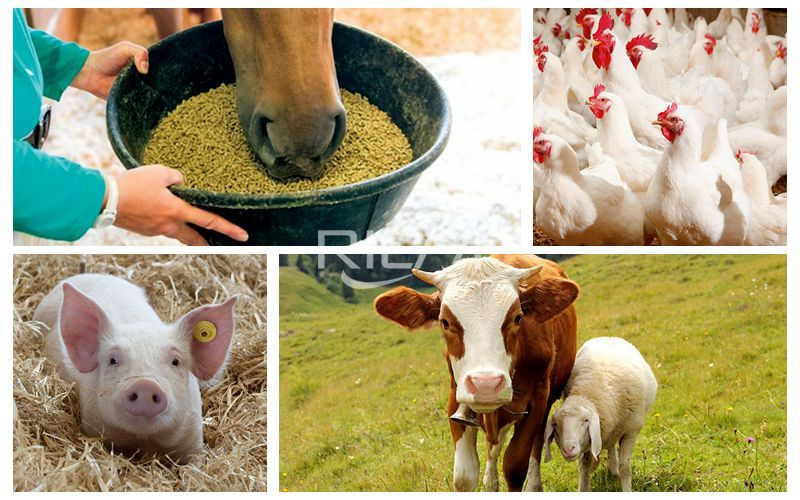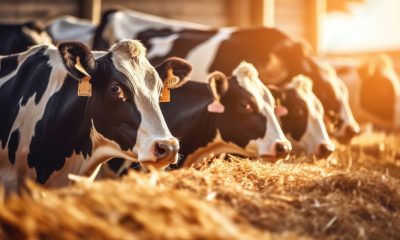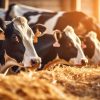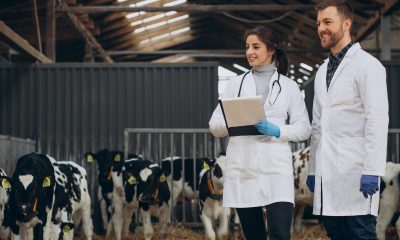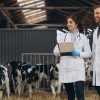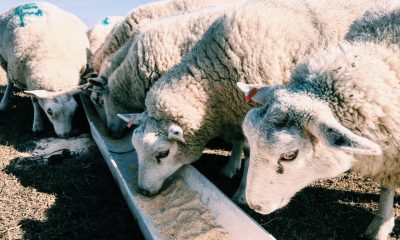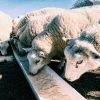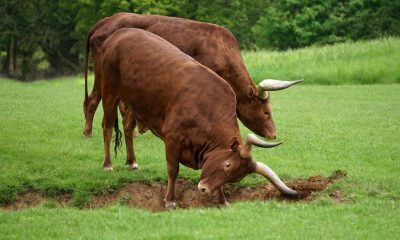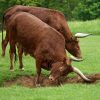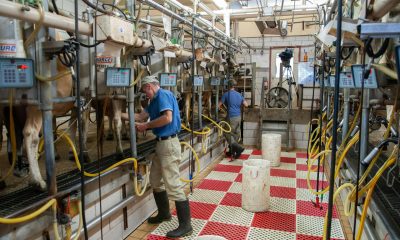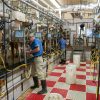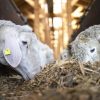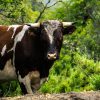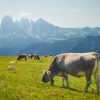Food is the ultimate need for all living beings. Just like us humans, livestock also needs food. Hens, cows, goats, pigs, etc., all these domesticated animals need the best feed to deliver the best products. For best feeds, we need first-grade raw materials and a well-equipped processing unit.
The processing unit is not only meant to process feed for cattle or poultry. Storage of raw materials, maintenance of equipment, sorting the feed for the correct animal, packaging, etc., are key factors that must be considered in a processing unit.
We know that the feed industry plays a vital role in the worldwide economy. Shortly, this industry will have a lot of space for development. Hence feed processing units must use technological innovation, optimize the product structure, use existing processing capabilities and develop high-quality products. The processing unit has all these qualities for a better future in this field.
Raw materials
Raw materials are well preserved for present and future use. It usually arrives in sacks and containers. They are stored in bulk, and these bulk materials are stored according to their physical condition. Sacked ingredients are checked and stored in a dry place with proper protection from rodents and insects. Liquid ingredients like oils and molasses are generally stored in bulk tanks. Adequate storage temperature is maintained and checked periodically. Bulk solid ingredients such as grains, oil meals, etc., are cleaned with a scalper to remove foreign material before storage in bins. Bin temperatures are monitored accordingly to prevent heating due to grinning respiration. The main ingredients for the feeds are grains like Maize, sorghum, wheat, ragi, etc. and brands like De-oiled rice bran, rice polish, wheat bran, maize bran etc. Both feeds have almost the same raw materials.
Sorting
The feed for each animal is different. The ingredients or raw materials are more or less the same, but the composition of raw materials will be different. So it is sorted according to age, breed, animal, etc. Once it’s sorted, the raw materials are sent for processing and made into feed for the cattle and poultry.
Processing and the equipment used for both cattle and poultry feed production, the machines or equipment used are:
Feed hammer mill: Raw ingredients are passed through the hammer mill, which reduces particle size to the desired size. It is monitored periodically to ensure size uniformity and to help detect wear of hammer mills. It is then stored in the ingredient holding bins.
Feed mixer: There are two mixing operations in the feed mixer. One is for the mixing of micronutrients; the operation is generally termed premixing. Micro-nutrients, such as vitamins and trace minerals, are accurately weighed and mixed in a batch mixer for a specified period. The other mixing operation involves the actual blending of all components of the diet. According to the formula, diet mixing is done with correct ingredients, including the premix, into the mixer. The final mix is checked periodically with a tracer to ensure homogeneity of the mix.
Feed pellet machine: The mix is then passed through the pellet machine. First, it is conditioned with steam in the steam conditioner section of the pellet mill, after which it enters the die, where it is finally extruded.
Cooling machine: Freshly extruded pellets are hot and contain excess moisture, which is removed during passage through the cooler.
Packaging
Once the feed is processed and made into a perfect feed, now comes the packaging. The packaging is perfect so that no feed is wasted due to sun, water, or air exposure. The packaging is done keeping in mind the requirement of the feed, whether it’s more or less, in low quantity or bulk, etc. These packed bags are then sent to the warehouse for distribution.
Distribution
If the feed is for domestic use like a house or small farm, it is delivered directly to the customer in sacks according to their requirements. If the feed is for large farms or units, it’s stored in bulk in large bins. The feed is then loaded into specially constructed bulk carriers and delivered to the customer. Feed is discharged from the truck into the customer storage facility through an auger system, paddle conveyor, or pneumatic system.
